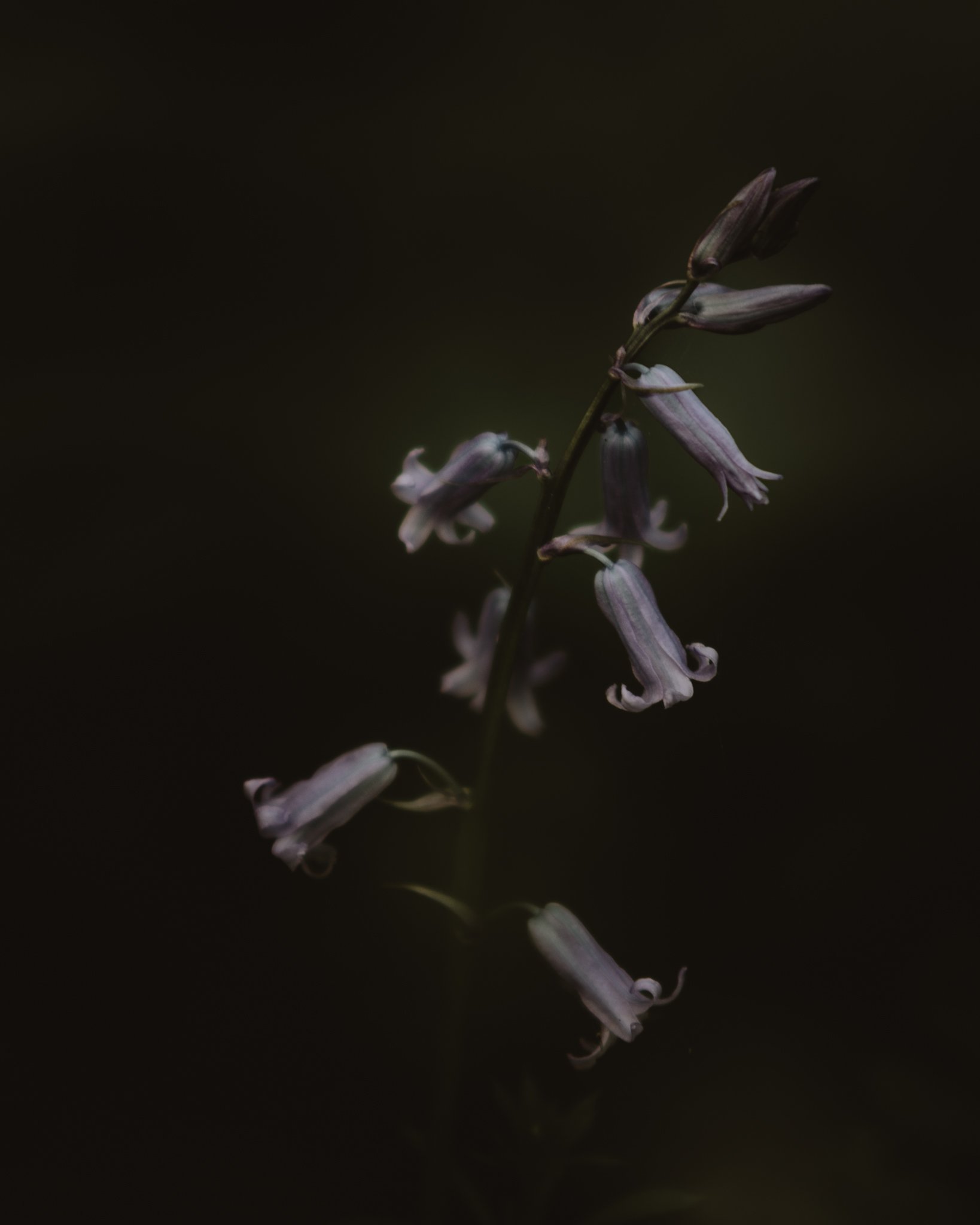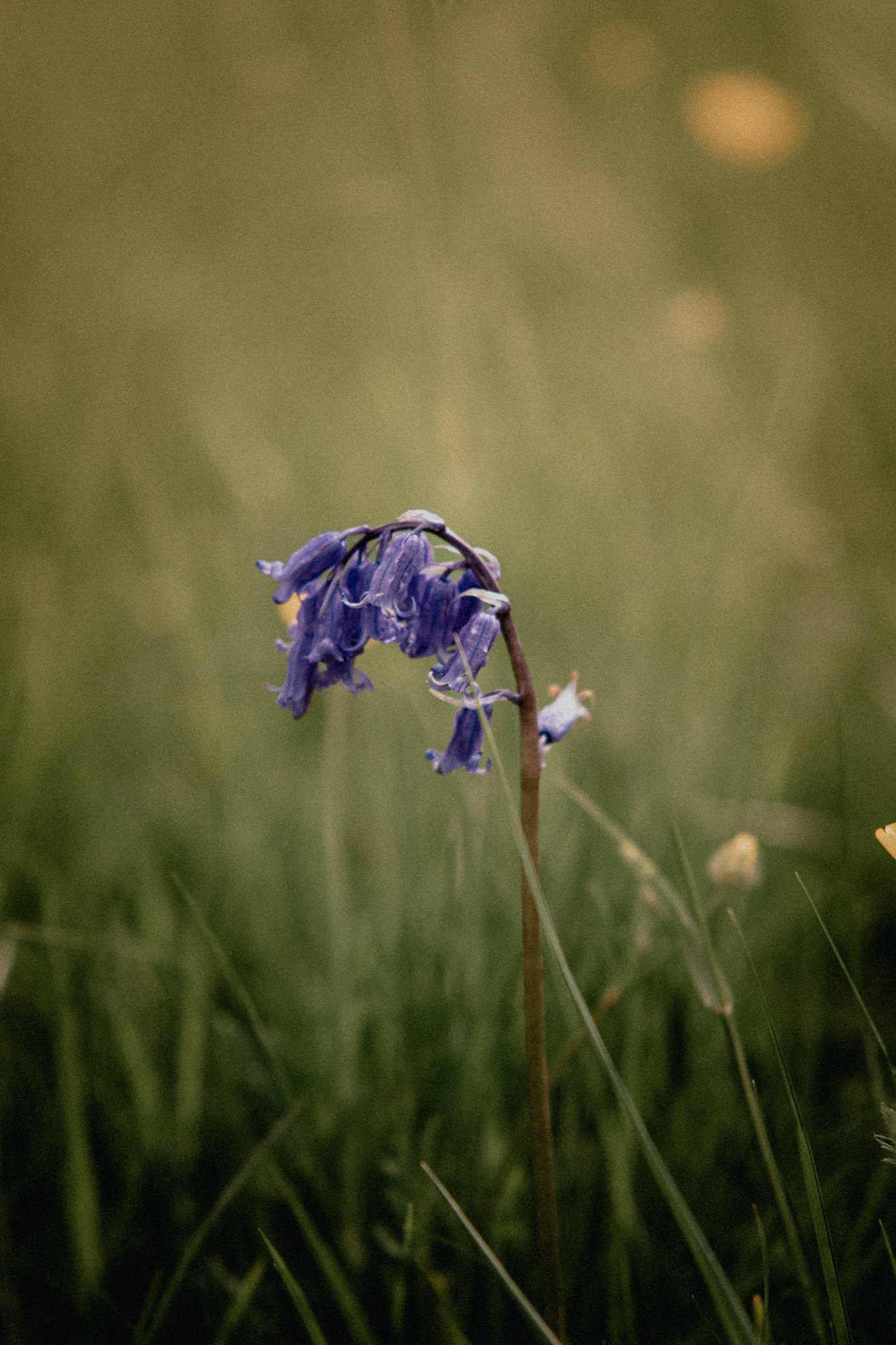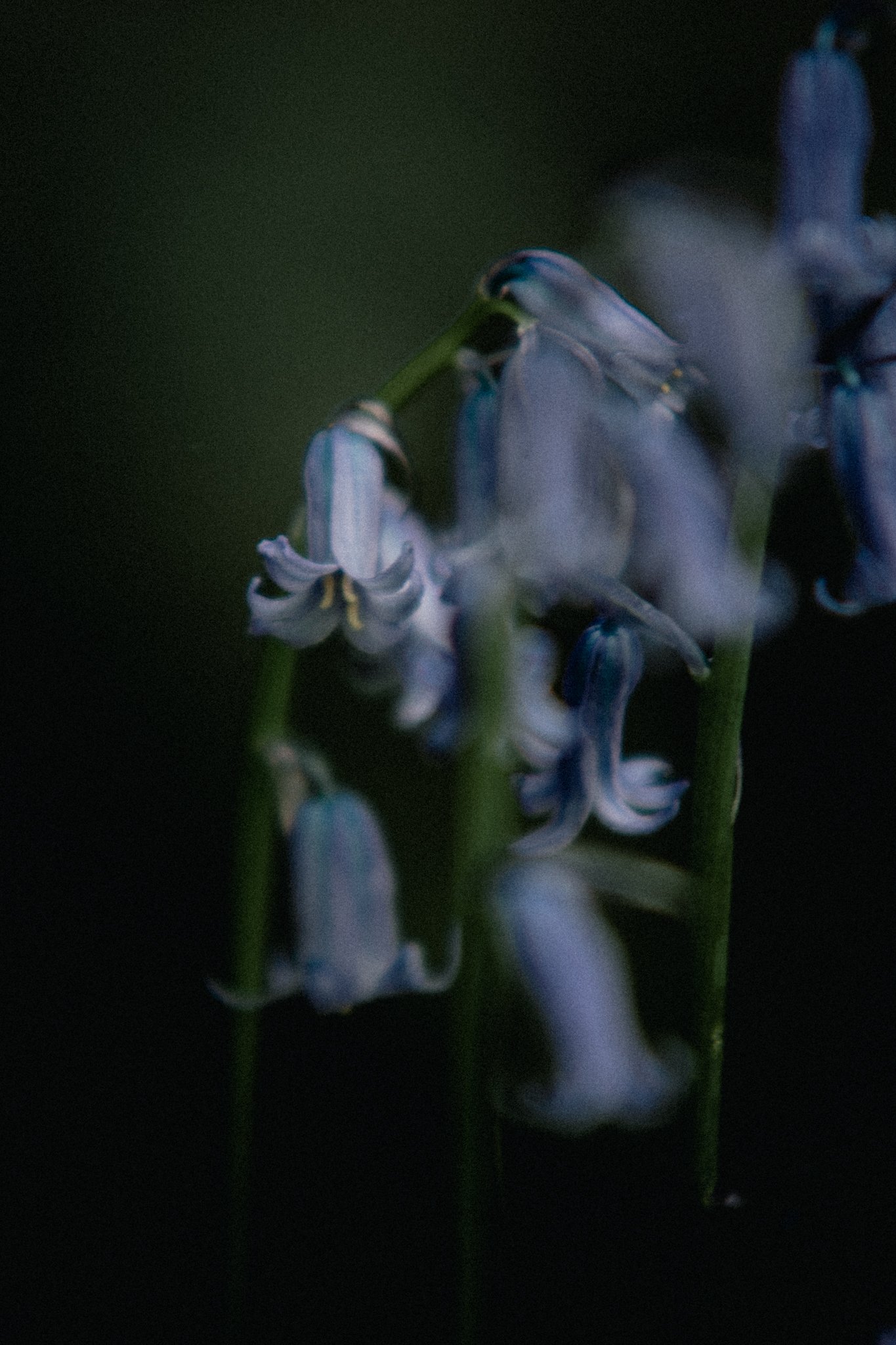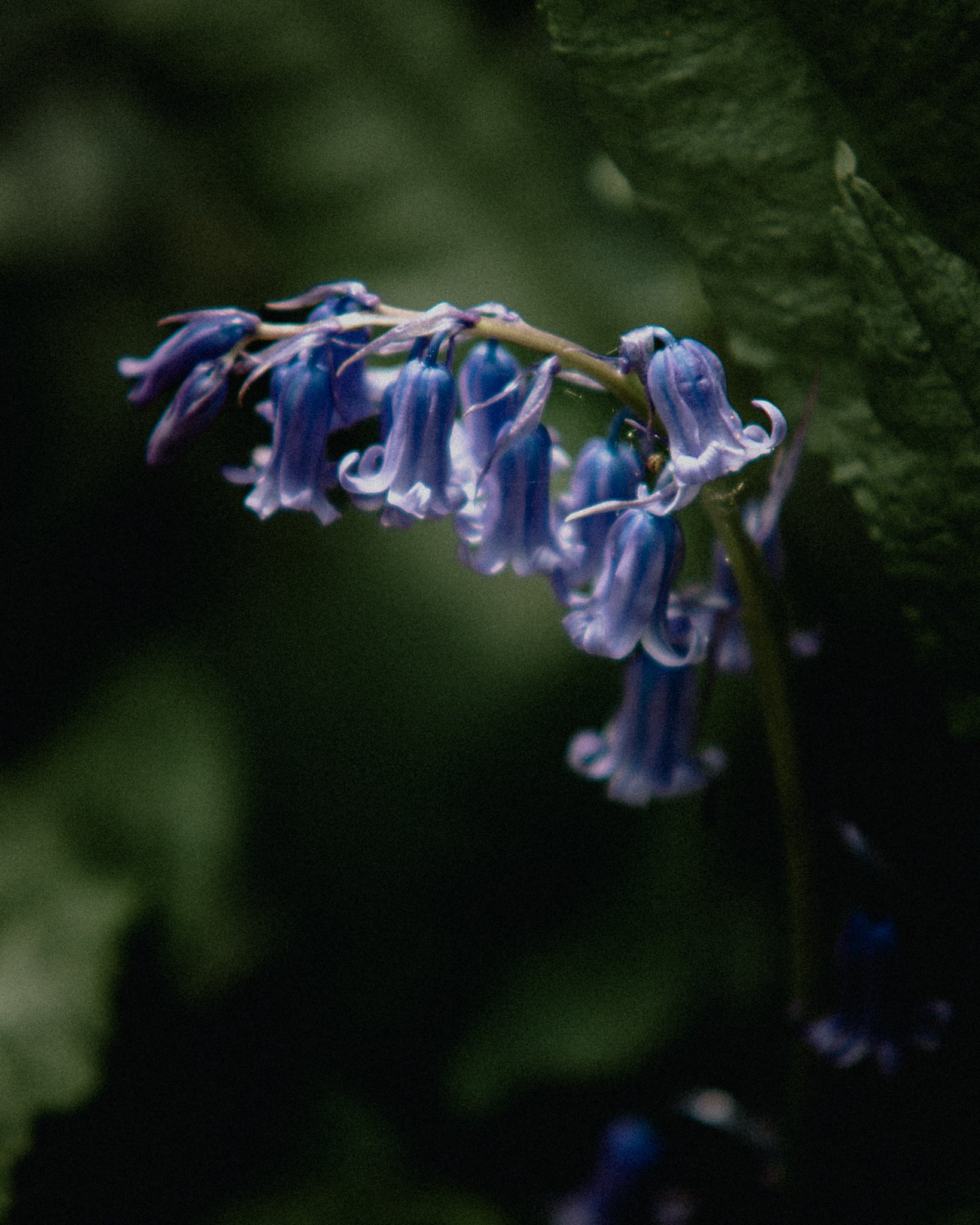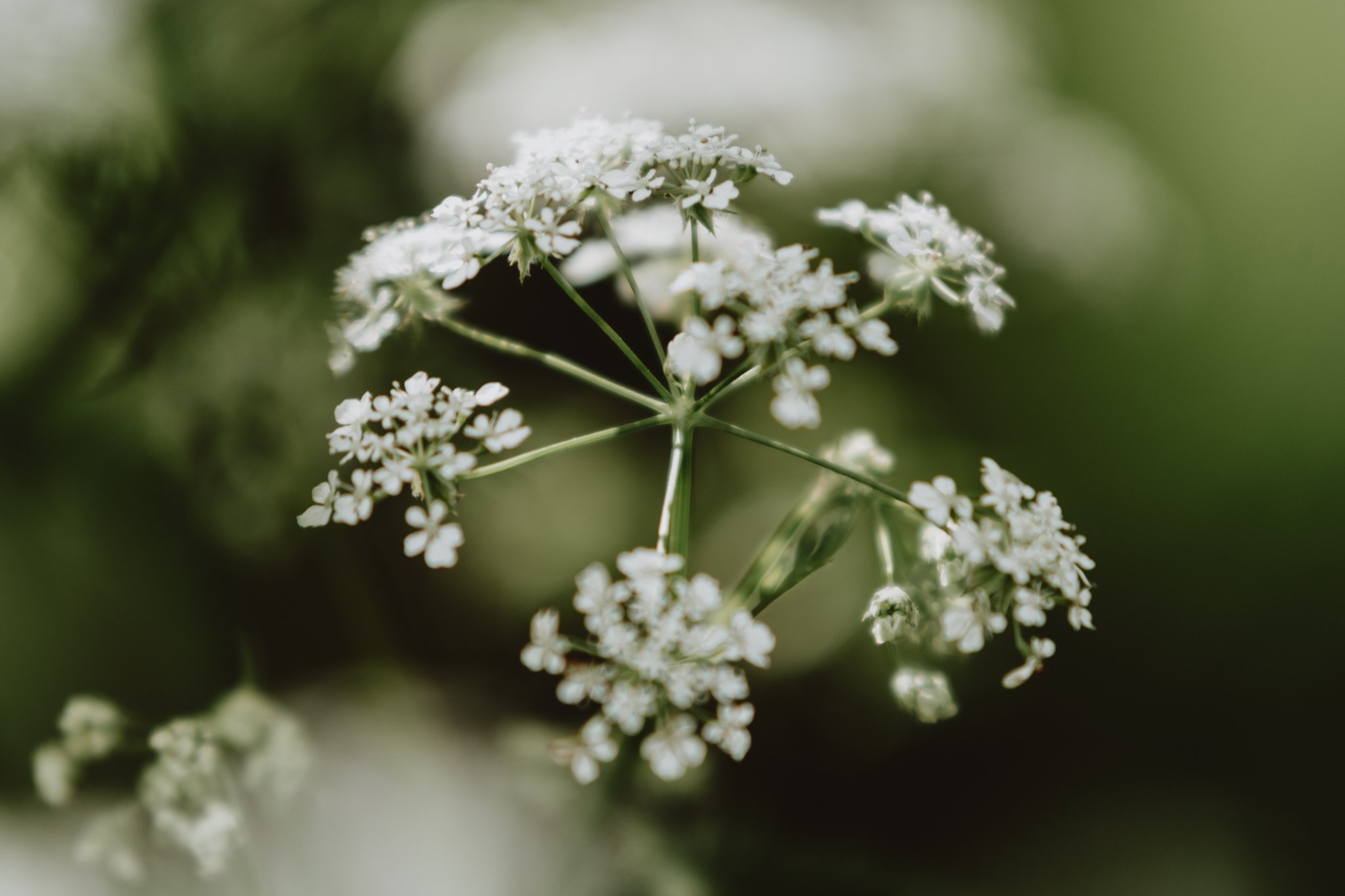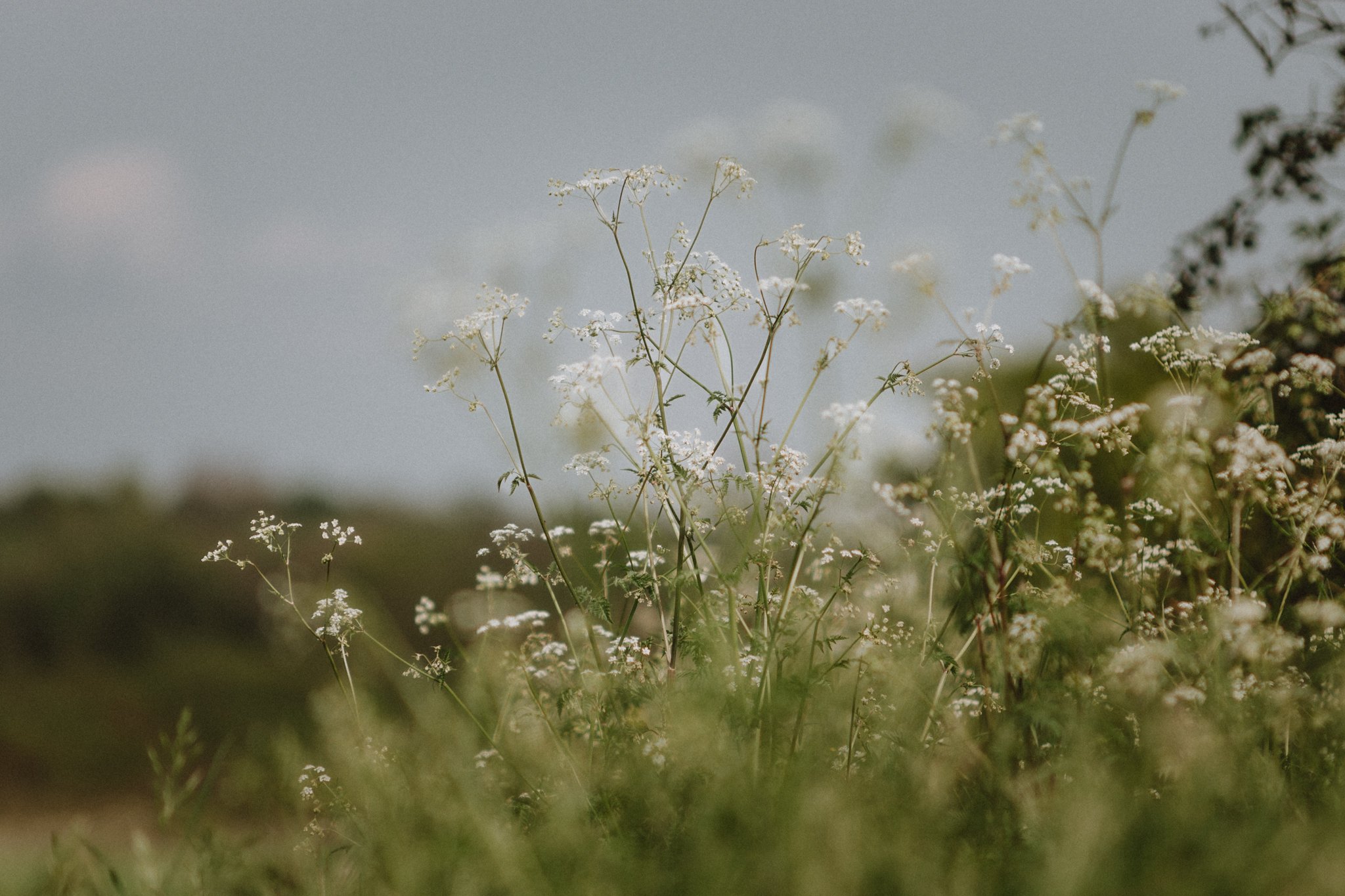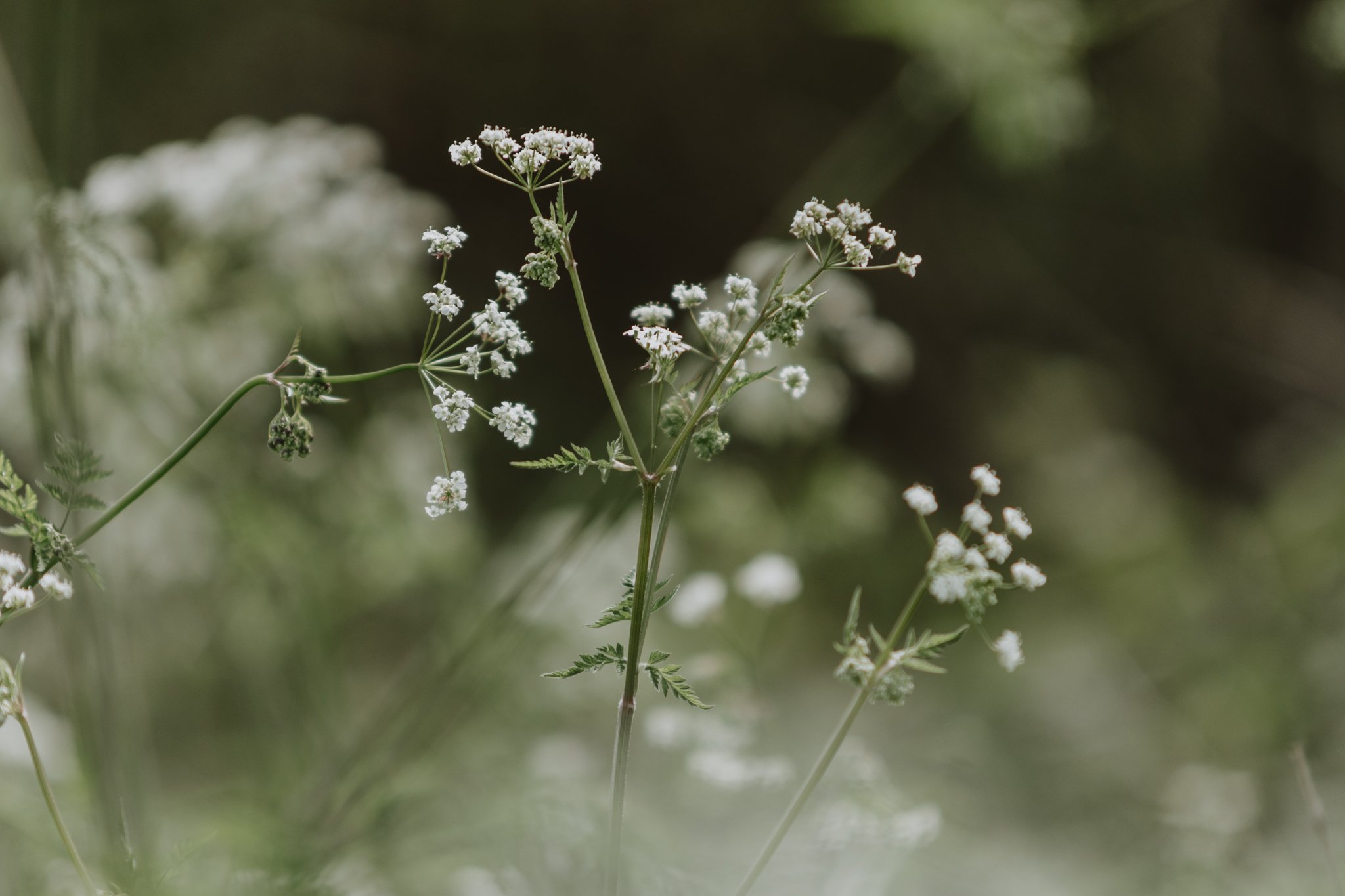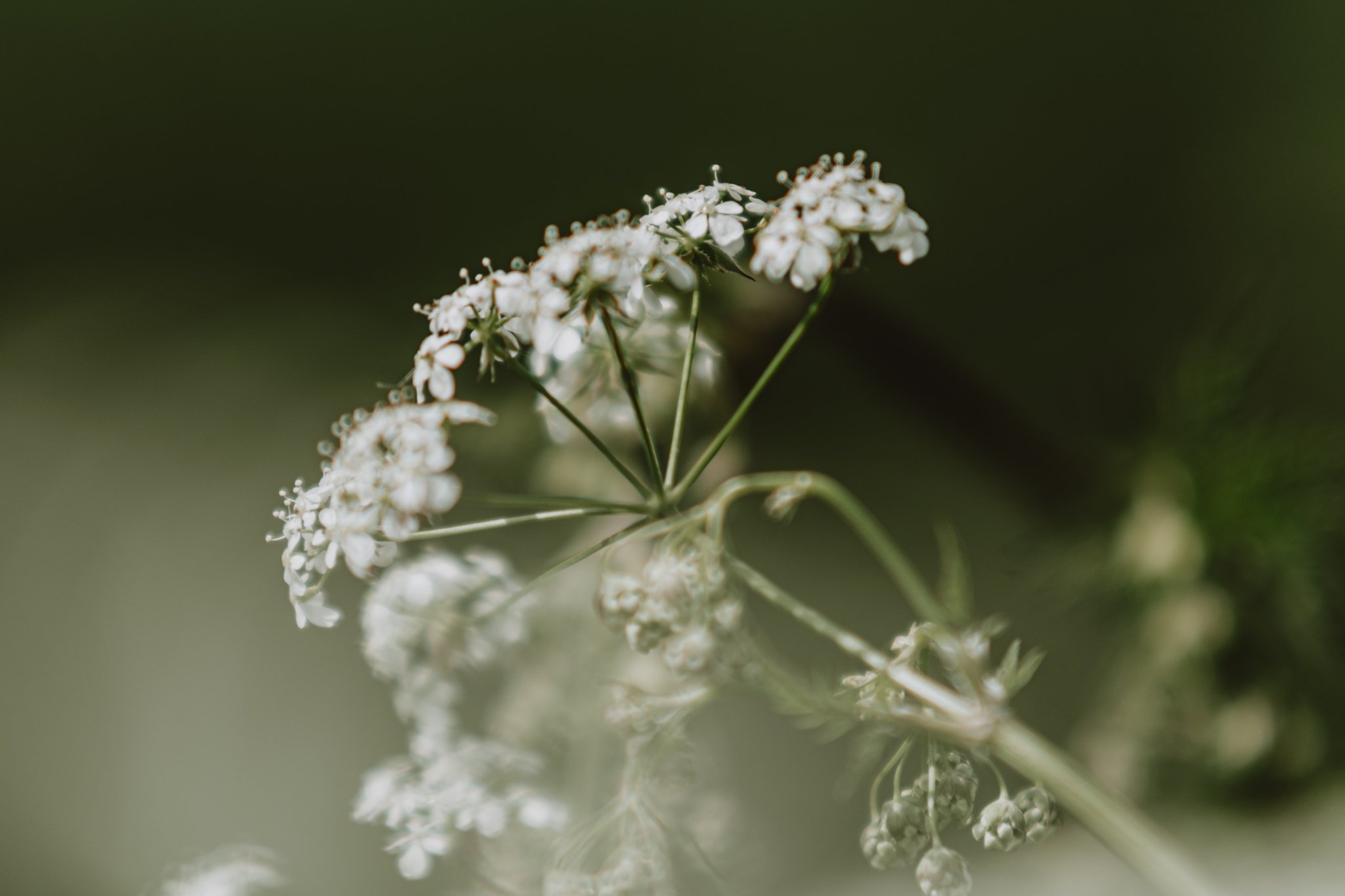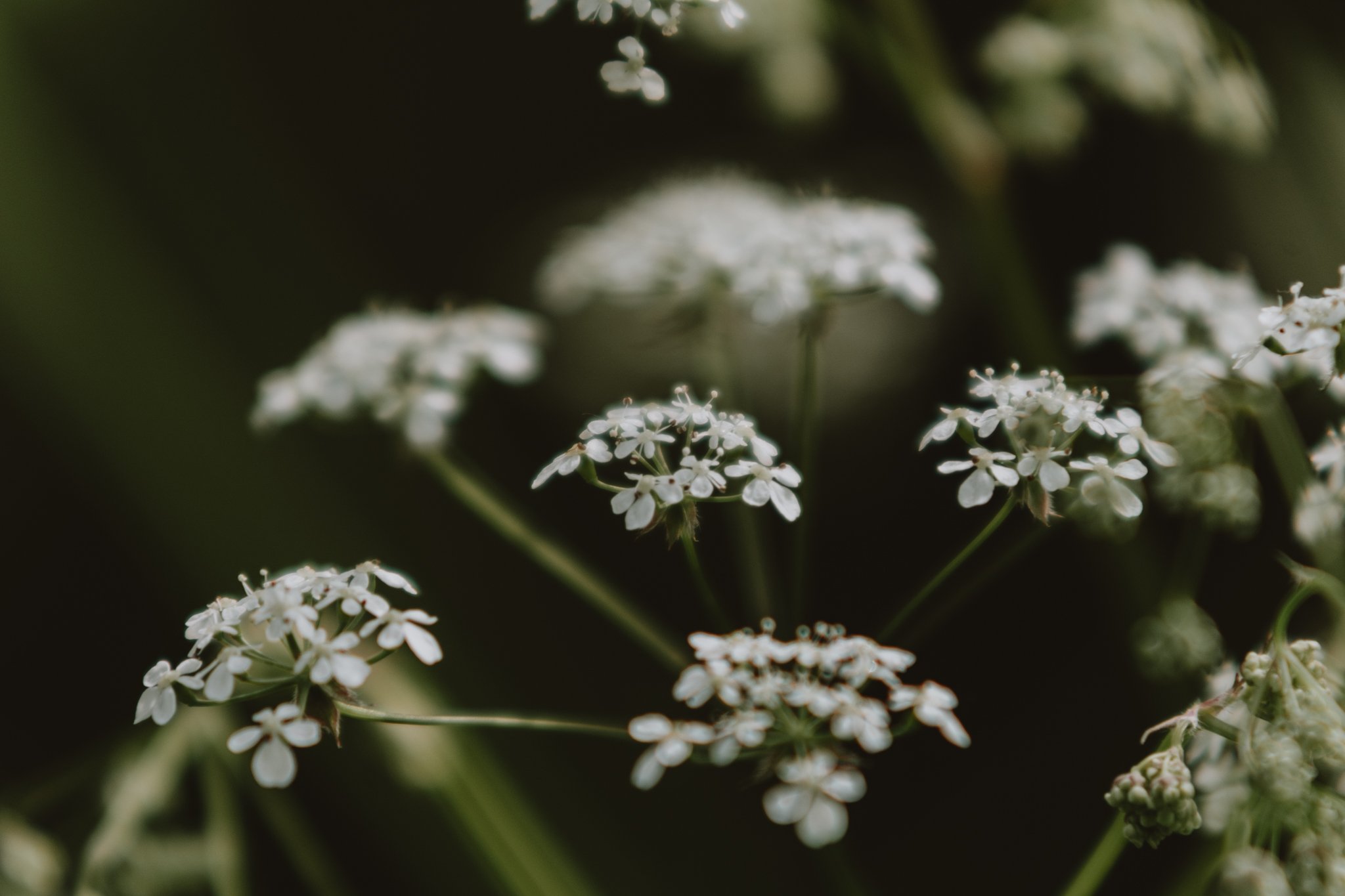A Springtime Serenade: the Joy of Photographing the Countryside
Ever since I was little I’ve had an appreciation for nature. I always wanted to draw or paint every butterfly, explore every river, and adventure amongst ruins and prehistoric monuments. As I grew older, these childhood passions have stayed with me and have expanded into capturing it on film and with my digital cameras.
This week I thought I’d share with you some of the tales of wildflowers that whisper to me as I pass, as if asking me to take their picture and tell me their stories.
So today I thought I’d share one of my walks with you and how I saw it through my lens.
Wild Garlic - the wild garlic flowers are beginning to bloom, their delicate petals reflecting the sunlight.
Facts & Folklore about Wild Garlic
Wild garlic, also known as ramsons or bear's garlic, is a versatile plant that has been used for cooking and medicinal purposes for centuries. Here are some interesting facts and folklore about this pungent herb.
Wild garlic is native to Europe and parts of Asia, but has been introduced to North America and other parts of the world.
The Latin name for wild garlic is Allium ursinum, which means "bear's onion." Legend has it that brown bears love to eat the plant, which is why it was given this name.
The leaves of wild garlic can be eaten raw or cooked, and have a strong garlic flavor. They are often used in salads, soups, and pesto.
Wild garlic bulbs are also edible and have a milder flavor than regular garlic. They can be used in the same way as regular garlic in cooking.
In ancient times, wild garlic was believed to have medicinal properties and was used to treat a variety of ailments, including high blood pressure, respiratory problems, and digestive issues.
In folklore, wild garlic was thought to have magical powers. It was believed to ward off evil spirits and protect against witchcraft.
Hawthorn Blossom - as I turn a corner, the breeze suddenly ruffles the leaves of a hedgerow and dances the blossoms that cling to it. Bees and butterflies flit between them.
Facts & Folklore About Hawthorn
Hawthorn, also known as mayflower, is a small tree or a shrub that grows in temperate regions around the world. Here are some interesting facts and folklore about this enchanting plant.
Hawthorn belongs to the rose family and is related to apples and pears.
The leaves, flowers, and berries of hawthorn are used for medicinal purposes, particularly for heart health.
Hawthorn has been used for centuries to ward off evil spirits and protect against witchcraft.
The hawthorn blossom is the symbol of hope, and its branches are often used in May Day celebrations.
The thorns on a hawthorn tree were believed to have magical powers, such as the ability to heal wounds and ward off evil spirits.
Hawthorn is also a popular hedgerow plant in the UK, providing food and shelter for birds and wildlife.
Hawthorn has been surrounded by folklore for centuries. This small, thorny tree has long been regarded as a symbol of enchantment, magic, and protection. It is believed to be a portal to the fairy realm, and has often been used to ward off evil spirits.
In ancient times, hawthorn was said to be inhabited by spirits or fairies, and it was considered unlucky to cut down or disturb a hawthorn tree. According to folklore, the hawthorn tree is also known as the May Tree, and it is believed that it blooms during the month of May, signaling the beginning of spring and the end of winter.
Hawthorn has also been associated with matters of the heart. It is said to have the power to heal emotional wounds and to strengthen the heart. It was often used as a symbol of love and marriage, and it was even believed that carrying a sprig of hawthorn could invoke feelings of love and romance.
But hawthorn has a darker side too. It was believed that hawthorn trees were the preferred dwelling places of witches and demons, and that its thorny branches could be used as a powerful hex on those who crossed them.
Bluebells - the woods are filled with bluebells, and they stand out against their green backdrop as if they are a million tiny sapphires in an emerald crown.
Facts & Folklore about Bluebells
Bluebells are small flowering plants in the genus ‘Hyacinthoides’, which is part of the family ‘Asparagaceae’. In North America, they are often called `wood hyacinths`.
The flowers of most bluebells are bell-shaped and pendulous, with blue, purple or white petals. The flowers are typically arranged in a spike on a thin stem. Bluebells often grow in dense colonies, creating a captivating blue carpet in the forest understory.
Bluebells are native to Europe, Asia and North Africa. However, they have been introduced to many other regions across the globe, including North America. In the UK, the native ‘English bluebell’ (‘Hyacinthoides non-scripta’) is a protected species and can be found in ancient woodland.
Bluebells are a critical food source for bees and other pollinators, as they produce abundant nectar. They also form a crucial part of the food chain for small mammals, birds, and
In Celtic folklore, bluebells were believed to ring out a sound that could call fairies to gather. It was said that those who heard the ringing of the bluebells would be transported to a mystical realm of enchantment.
According to another legend, wearing a wreath of bluebells around your head was said to compel the wearer to always speak the truth. It was considered a powerful charm that could not be broken.
In some cultures, bluebells were associated with death and considered to be bad luck if brought into the home. It was believed that the flowers would ring out a death knell if picked, and to hear them was a sign of impending doom.
However, not all folklore surrounding bluebells is negative. They are also thought to symbolize humility and gratitude, as the flowers bow their heads as if in thanks for the warmth of the sun.
Cow Parsley - it is early in the morning, and the soft spring sunlight casts a golden glow on the landscape.
Facts & Folklore about Cow Parsley
Cow parsley, also known as Anthriscus sylvestris, is a common wildflower that can frequently be found in many parts of the world.
Cow parsley belongs to the carrot family, which is also known as Apiaceae.
The plant typically grows to be about 2 to 3 feet (60 to 90 centimeters) tall.
Cow parsley has delicate, fern-like green leaves and white, frothy, umbrella-shaped flower clusters that bloom from May to June.
It is commonly found in hedgerows, fields, and along roadsides, although it can grow in a variety of habitats such as woodland edges and meadows.
The flowers of cow parsley are important food sources for many insects, including hoverflies, bees, and butterflies.
Despite its name, cow parsley is not actually a type of parsley that is typically used in cooking.
Cow parsley has been used for medicinal purposes in the past, particularly as a diuretic and to relieve gout.
Sometimes cow parsley can be confused with other similar-looking plants, such as poisonous hemlock. It's important to correctly identify the plant before consuming or handling it.
One belief is that if you pick cow parsley and bring it into your home, it will bring you good luck. According to this folk tradition, the plant is said to ward off evil spirits and protect against misfortune.
On the other hand, some people believe that cow parsley is unlucky and should not be brought into the home. If you pick the plant and bring it inside, it is said that you will invite the devil into your home and bring bad luck upon yourself and your family.
In some areas, cow parsley is also believed to have medicinal properties. It has been used for centuries as a natural remedy for various ailments, including respiratory problems, indigestion, and fevers.
One old wives' tale claims that cow parsley can help to cure toothache, with the plant being boiled in milk and the resulting liquid used to rinse the mouth. Cow parsley has also been used as a diuretic, and to treat skin conditions such as eczema and psoriasis.
Thank you for accompanying me on one of my wildflower photography walks, even if it is for now just through a screen. There are so many more photographic opportunities to come in the next few weeks when wildflowers bloom in springtime in the Cotswolds. It’s my favourite time of year, my camera constantly full of image after image of cow parsley, wild geraniums and cuckooflowers, grasses and wild garlic, bluebells and apple blossom, dandelions, daisies and wild roses.
For creative business owners that want to take better images for social media and website use and attract more customers. Whether you have a digital camera or a smartphone and anything in between.



